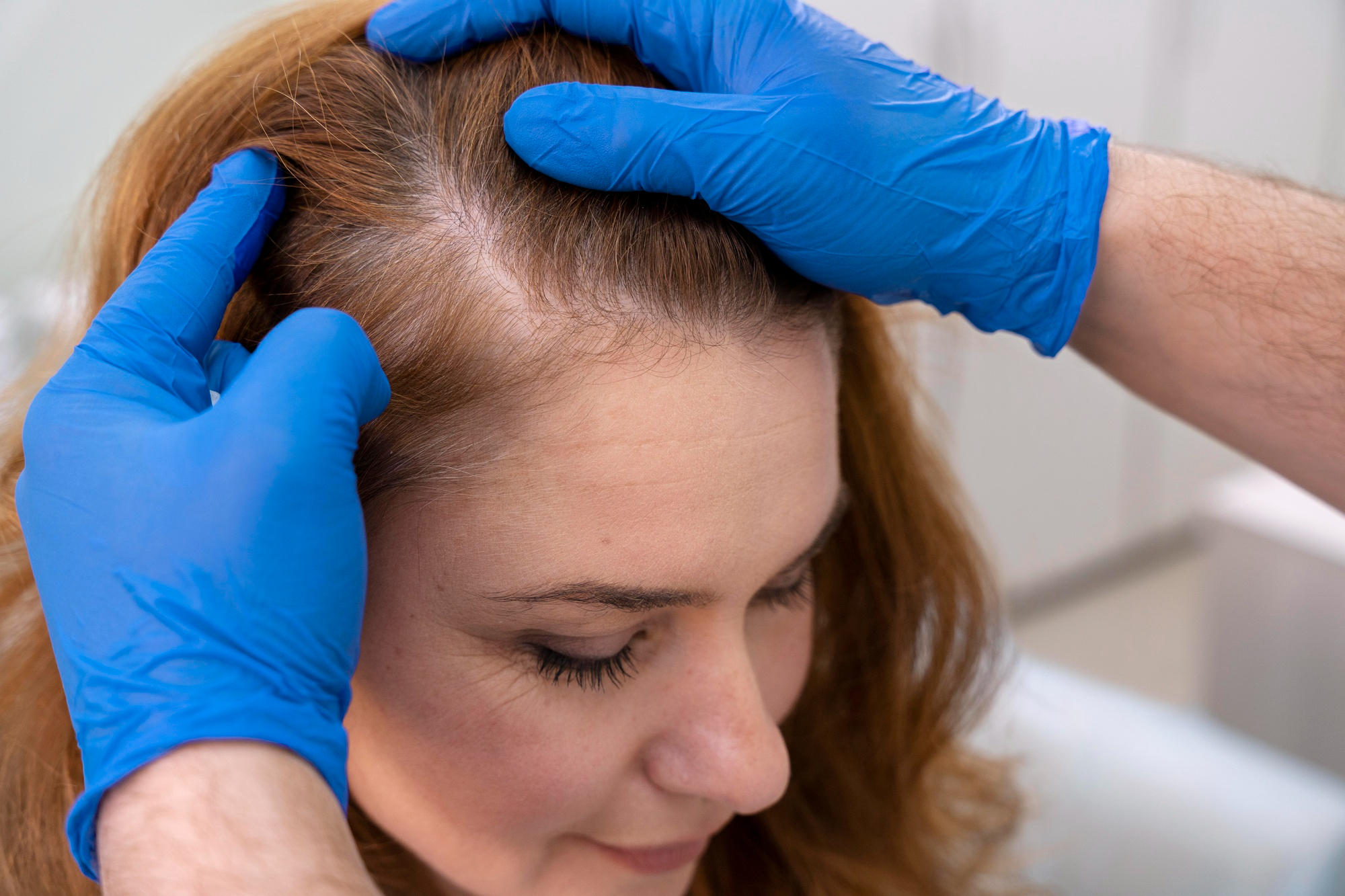Melbourne, the coastal capital of Victoria, must be acknowledged for its diverse culture, impressive architecture, and thriving economy. Hair loss is a prevalent concern that affects individuals worldwide, including those in Melbourne. As a city prides itself on its modernity and innovation, it is home to several reputable hair loss clinics that provide advanced treatments for individuals seeking to combat hair loss. These clinics offer a comprehensive range of services, including consultations, diagnosis, and various treatment options tailored to the unique needs of each individual. Whether it’s over-the-counter products, prescription medications, laser therapy, scalp micro pigmentation, hair transplantation, or platelet-rich plasma therapy, individuals in Melbourne have access to a hair loss clinic in Melbourne with cutting-edge treatments to address their hair loss concerns.
Understanding Over-the-Counter (OTC) Hair Loss Products
Over-the-counter (OTC) hair loss products are readily available without a prescription and are often the first line of defence for individuals experiencing mild to moderate hair loss. These products typically come in shampoos, conditioners, foams, or serums containing ingredients such as minoxidil, biotin, or botanical extracts. Minoxidil, the most common ingredient in OTC hair loss products, is an FDA-approved topical solution that promotes hair growth. Encouraging blood circulation to the hair follicles is an effective method for promoting hair growth. Fortunately, there are many over-the-counter hair loss products available that provide an affordable and convenient solution.
Exploring Prescription Medications for Hair Loss
Prescription medications are often recommended for individuals with more advanced or persistent hair loss. Men’s oral medication, finasteride, prevents the conversion of testosterone into dihydrotestosterone (DHT), which causes hair loss. By reducing DHT levels, finasteride helps slow down hair loss and may even promote hair regrowth in some cases. Another medication, minoxidil, is available in higher concentrations as a prescription and can be used by both men and women. It is applied topically and works by stimulating hair follicles, aiding hair growth, and improving the overall quality of the existing hair. However, consulting with a healthcare professional before starting any prescription medication is essential to ensure suitability and discuss potential side effects.
Delving into Low-Level Laser Therapy (LLLT)
Low-level laser therapy (LLLT) is a non-invasive treatment. It uses red or near-infrared light to stimulate hair follicles and promote growth. LLLT devices, such as laser caps or combs, emit low-level laser light onto the scalp, which is believed to increase blood flow to the hair follicles, decrease inflammation, and stimulate cellular activity. This helps extend the growth phase of the hair cycle, leading to increased hair density and thickness over time. LLLT is a painless and safe procedure that can be done at home or in a clinical setting, and results are typically achieved through regular and consistent use of the device. While LLLT may not work for everyone, it is a popular option for those seeking a non-invasive treatment approach.
Exploring Scalp Micropigmentation (SMP)
Scalp micro-pigmentation (SMP) is a cosmetic tattooing technique that gives the appearance of hair follicles on the scalp. It is often recommended for individuals with advanced hair loss or those who prefer a shaved or closely cropped hairstyle. During the SMP procedure, specialized pigments are carefully tattooed onto the scalp, replicating the appearance of natural hair follicles. This technique can help create the illusion of a fuller head of hair, improve the appearance of receding hairlines, and give individuals a renewed sense of confidence. SMP is a non-surgical and long-lasting solution, although it may require touch-up sessions to maintain its appearance over time. Choosing a skilled and experienced technician who can create a natural-looking result is essential.
Considering Hair Transplantation
Hair transplantation involves extracting hair follicles from areas of the scalp with abundant hair (donor area) and transplanting them to areas with hair loss/thinning (recipient area). There are two techniques for hair transplantation. One is follicular unit transplantation or FUT and follicular unit extraction or FUE. The FUT procedure entails taking a strip of scalp from the donor area and separating it into individual grafts, while the FUE procedure involves using a punch tool to extract single hair follicles directly from the donor area. Afterwards, the hair follicles are carefully placed in the recipient area so they can grow naturally.
Hair transplantation is considered one of the most effective and long-lasting solutions for hair loss. The transplanted hair follicles continue to grow naturally, providing a permanent solution for individuals seeking to restore their hairline and achieve a fuller head of hair. An effective hair transplant depends on the surgeon’s skill and experience, as well as the quality of the donor’s hair. It is important to consult a reputable hair transplant surgeon to assess candidacy, discuss the most suitable technique, and understand the potential outcomes and recovery process.
Exploring Platelet-Rich Plasma (PRP) Therapy
Platelet-Rich Plasma or PRP therapy is a regenerative treatment that utilizes the healing properties of platelets derived from the patient’s blood. The process involves:
- Drawing a small amount of blood.
- With the aid of a centrifuge, it is possible to separate the platelet-rich plasma from the rest of the blood.
- Injecting the concentrated PRP into the scalp.
The growth factors present in PRP stimulate hair follicles, promote blood circulation, and enhance the hair growth process. PRP therapy is often used as a standalone treatment or combined with other hair loss treatments to improve their effectiveness. Optimal results may require multiple sessions, and maintenance treatments may be necessary to sustain the benefits of PRP therapy.
Conclusion
By seeking professional guidance from a hair loss clinic in Melbourne, individuals can take proactive steps to restore their hair and regain self-confidence. With the availability of numerous hair loss clinics in Melbourne, individuals have access to a wide range of treatment options to address their hair loss concerns effectively. Whether seeking over-the-counter products, prescription medications, non-invasive therapies like low-level laser therapy or scalp micro pigmentation, or surgical interventions such as hair transplantation, individuals in Melbourne can find suitable solutions at reputable hair loss clinics. Melbourne’s diverse and innovative nature ensures that individuals can receive personalized care and access the latest advancements in hair loss treatment.
Image credit: freepik








